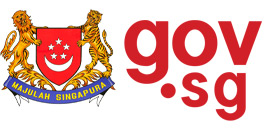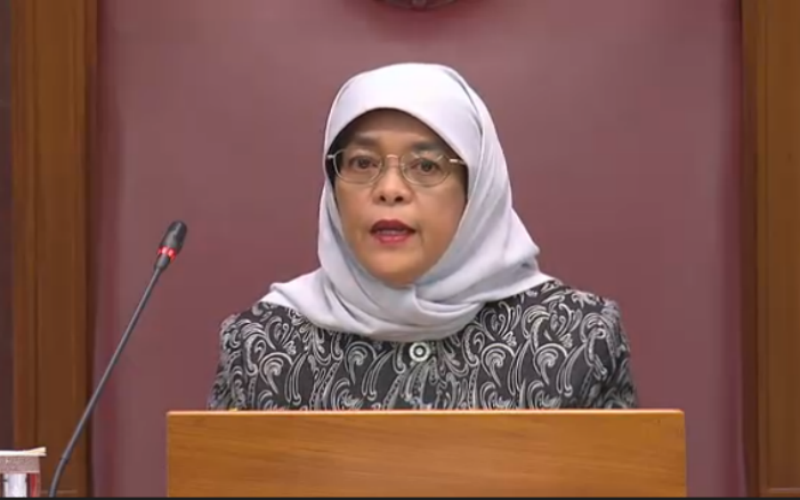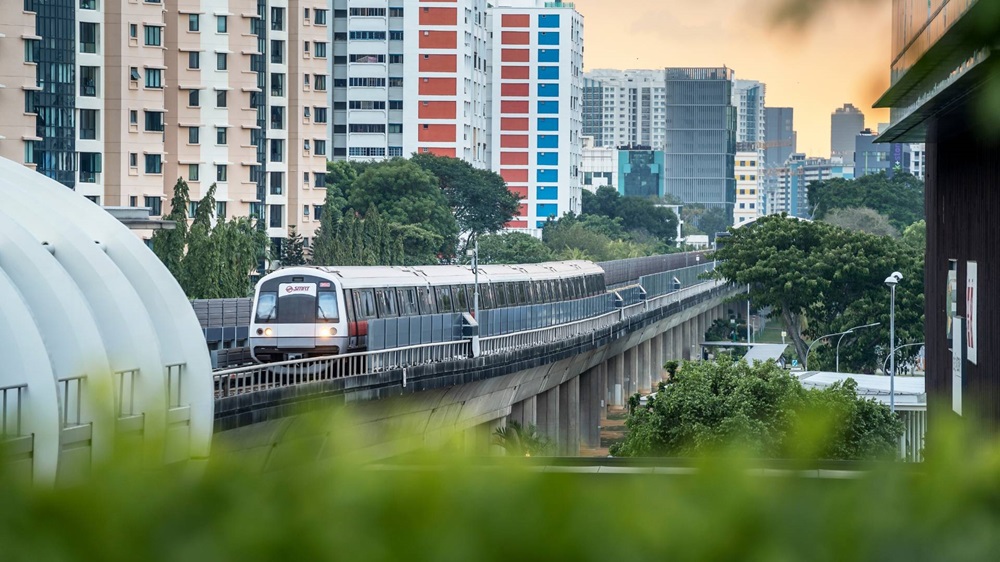
There has been speculation that the Public Transport Council (PTC) made changes to the fare formula in a bid to raise public transport fares.
Factually sets the record straight.
What is the PTC and what do they do?
The PTC conduct the annual fare review exercises as well as regular reviews of the fare formula to keep fares affordable and ensure that the public transport system remains financially sustainable. Its members represent a wide spectrum of society.
Here’s how the previous formula looked:
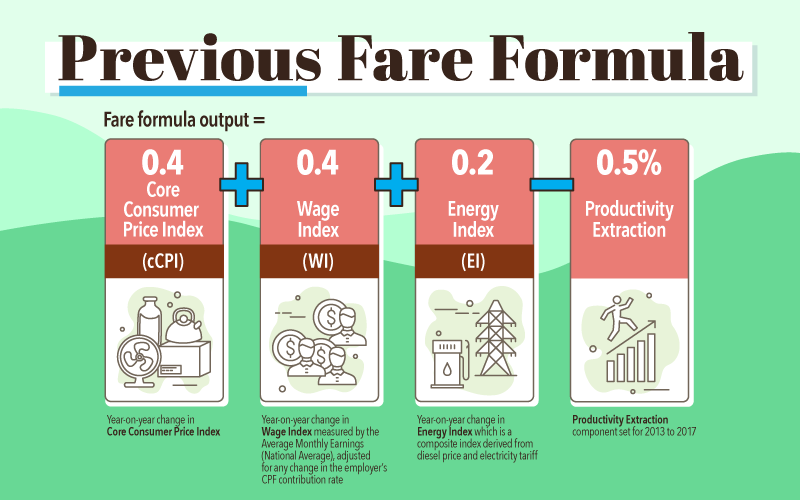
This formula was valid from 2012 to 2017, and a new formula is needed for the next 5 years.
On 22 March 2018, PTC concluded its review, and introduced a revised formula valid from 2018 to 2022. This formula has a new Network Capacity Factor (NCF) to reflect the recurrent operating costs due to capacity adjustments, such as running more trains and buses over longer distances for less crowded and more convenient public transport rides.
Here’s how the new formula looks:
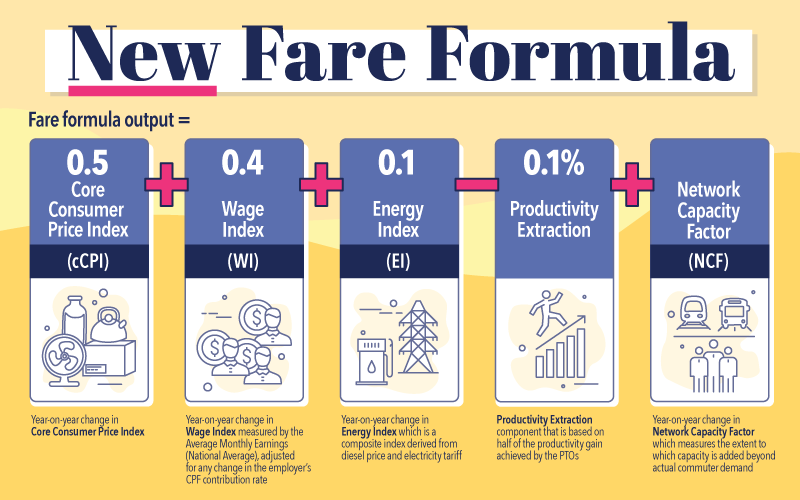
Will the new formula result in higher fares?
The fare adjustment quantum depends collectively on the different components in the fare formula, i.e. the existing macroeconomic indicators that reflect inflation (cCPI), wages (WI) and energy costs (EI), as well as the new NCF.
Why do we need the NCF in the new fare formula?
The costs of running public transport are affected by a number of factors, including the price and quantity of the resources deployed. For example, expenditure on electricity in a particular year will depend on the quantity of electricity consumed during that year, and the prevailing electricity tariffs.
While the previous fare formula adequately measured the changes in the price of resources consumed, it did not measure the changes in the quantity. When the capacity of the public transport network is quite stable from year to year, this limitation of the old fare formula is not material. However, as we aggressively expand the capacity of our public transport network, this can have a material impact on our public transport system’s sustainability. PTC designed the NCF to address this limitation in the previous fare formula.
The Network Capacity Factor may be positive or negative. It will be positive where demand grows slower than capacity. Conversely, if capacity remains stagnant in a given year and demand grows faster than capacity, resulting in more crowded trains, the Network Capacity Factor will be negative.
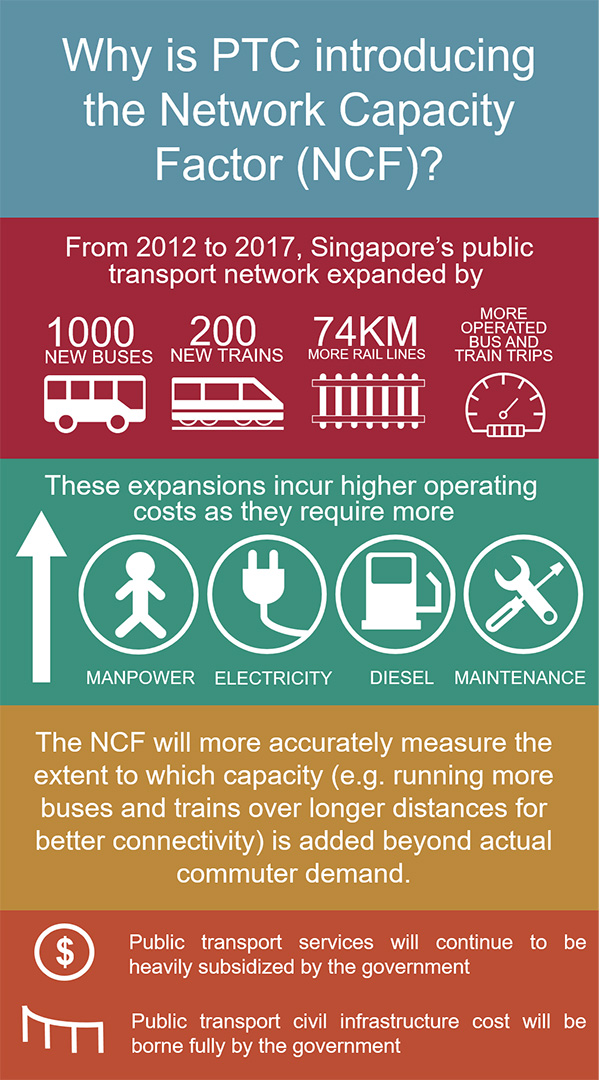
So the NCF is meant to claw back the gap between costs and fares?
No. While the NCF ensures a more equitable sharing of operating costs of capacity enhancements between commuters, taxpayers and operators, it does not:
- Recover the costs of constructing new public transport civil infrastructure. This is fully paid for by the Government;
- Recover past operating costs for capacity enhancements prior to the 2018 Fare Exercise.
But doesn’t the NCF pass on all the additional costs to commuters?
It doesn’t. The Government will continue to share the costs by subsidising public transport services heavily. Over the next five years, it will provide subsidies of about $5 billion for public bus services and $4 billion to renew our rail operating assets. This will help keep fares affordable even as more trains and buses are added to improve service standards.
The Government will also continue to bear the full cost of constructing new rail lines, bus depots and interchanges and other public transport infrastructure. This amounts to around $20 billion over the next five years.
When will I know the fare adjustment?
As with previous years, the PTC will conduct the annual fare review exercise in the later part of the year, and will announce the actual fare adjustment in 4Q 2018 when the exercise is completed.
Source:
PTC News Release (22 March 2018)
This article is accurate as at May 2018. For the latest updates, visit www.ptc.gov.sg.
RELATED ARTICLES
We use cookies to tailor your browsing experience. By continuing to use Gov.sg, you accept our use of cookies. To decline cookies at any time, you may adjust your browser settings. Find out more about your cookie preferences here .
